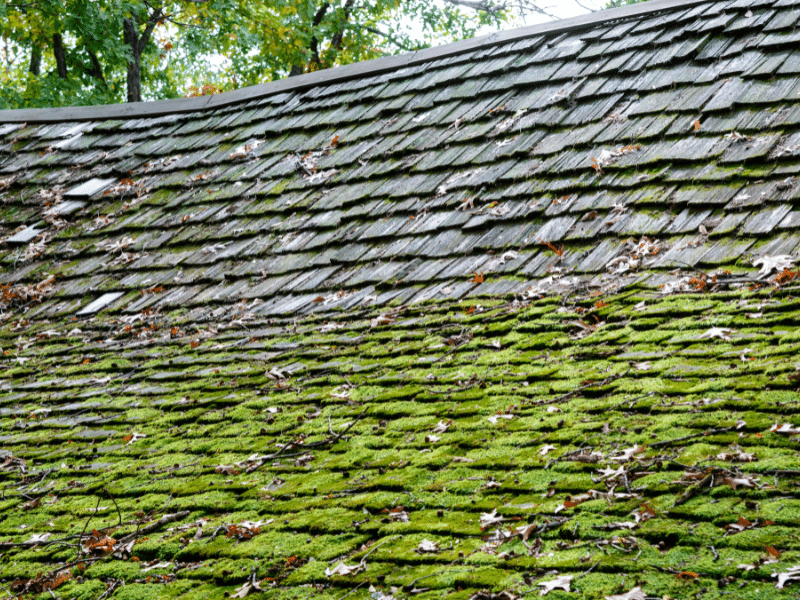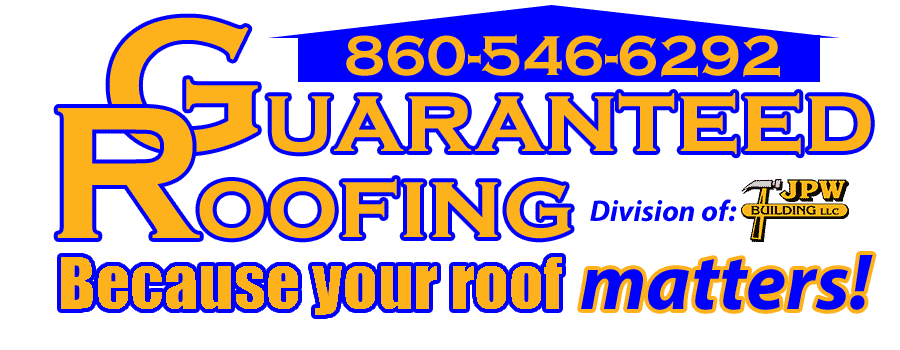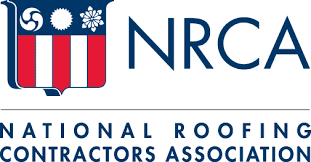What is Moss Damage?
Moss growth might look beautiful when you see it on the trees while walking through a jungle or a garden. However, it can be a serious concern when it happens on your roof. If ignored, moss can spread quickly and cause extensive damage to your roof and home’s structure.
Moss is a common form of growth on the roof; you should keep an eye out for the spread of algae and lichen. Homeowners should also prevent the buildup of organic matter, such as leaves, branches, and twigs, on the roof, which can promote the buildup of moss.
Remember, a thin and small layer of moss on your roof may not pose an immediate threat, but large clumps can cause damage. It may cling to shingles and metal roofs but doesn’t directly degrade the materials. However, it will get under the shingles and lift them, allowing water to damage the underlying materials. So, keeping the roof clean and moss-free is essential.
What exactly is moss?
Mosses are non-flowering plants that produce spores and have leaves and stems. However, they do not have true roots. In the plant kingdom, mosses are classified as Bryophyta or bryophytes. They date back to 450 million years and have survived through extreme weather conditions. They are hardy plants that occur everywhere. Mosses not only thrive in warm and humid conditions but are also adapted to thrive in winter.
Moss can grow on your roof through a combination of organic debris (leaves, twigs, and other organic matter) and moisture. The more moisture and the more debris, the higher the risk of moss growth on the roof. If the roof is shaded, it will prevent evaporation of moisture and create the right conditions for moss to grow.
While in many cases, moss growth may be easily visible on the roof; sometimes, it may not be easy to spot as it may be growing under the shingles.
How can moss damage your roof?
Moss absorbs water. This means every time it rains, the moss absorbs more moisture, which helps it to spread further and damages the outer layer of the shingles. Apart from acting as a sponge, moss also increases the weight load on the roof, which can impact the structural integrity.
Moss growth can lift the edges of the shingles and can cause them to curl or crack, which can, in turn, lead to moisture intrusion and leaks. Moss also damages the protective layer on the shingles, leaving them susceptible to sun damage and other types of damage.
All this can significantly shorten the lifespan of the shingles. If moss spreads beneath the shingles, it will absorb water and allow water to penetrate the interior of your home. This can cause serious damage throughout the house and necessitate expensive repairs.
Can you prevent moss growth on your roof?
The most important step to preventing moss growth is keeping the roof clean. Remove all the debris and buildup on your roof so there is less chance of moss growth. Clean out all the leaves, twigs, and other debris from the roof. It is also important to clean out the gutters and downspouts.
Inspect the roof and look for any cracks, punctures, or broken shingles and tiles. Get all necessary repairs done as soon as possible before any further damage occurs. If you see any moss buildup on the roof, do not try to clean it yourself. Hire a professional roofing company for cleaning and repair of your roof.
Contact Guaranteed Roofing today to eliminate moss growth from your roof. Our team of experts specializes in resolving moss-related issues, ensuring the longevity and integrity of your roof. Say goodbye to unsightly moss, and trust us to restore your roof to its pristine condition.




